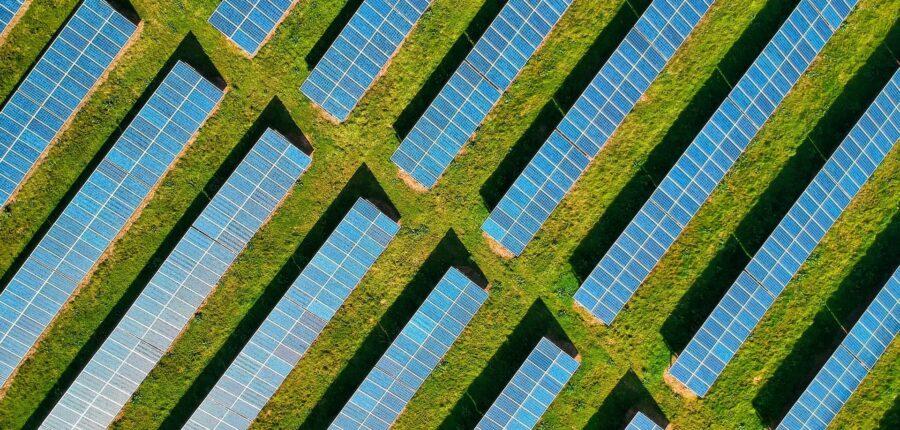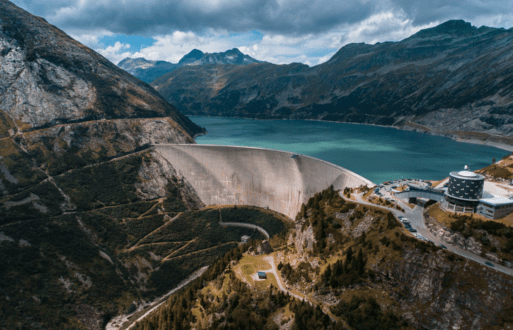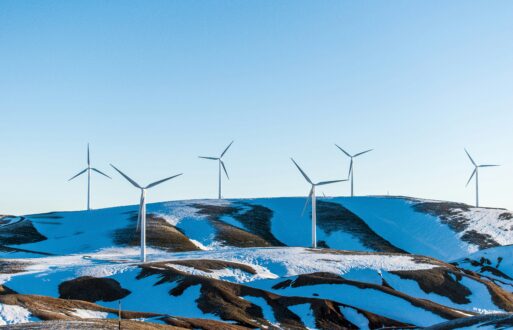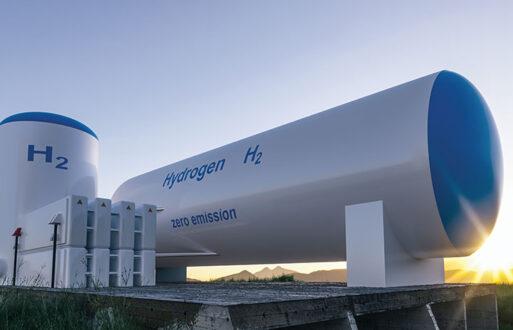Much has been made about the impacts of climate change, and justifiably so. Scientists have proven time and again that greenhouse gases released into the atmosphere have negatively impacted our planet. According to the Energy Information Administration (EIA), the energy sector was responsible for 74% of total U.S. greenhouse gas emissions in 2019 and is increasingly integrating renewable energy sources to help combat climate change.
Whether driven to change by choice, regulation, or the bottom line, 2020 was a record year for utility-scale renewable energy generation. The EIA reports that wind, hydroelectric, solar, biomass and geothermal energy generated about 21% of all the electricity in the U.S. that year, surpassing both nuclear and coal for the first time. The growth was driven primarily by the increased adoption of wind and solar.
Let’s take a look at four of the major types of renewable energy that are transforming the way the U.S. generates electricity.
Solar-Generated Energy
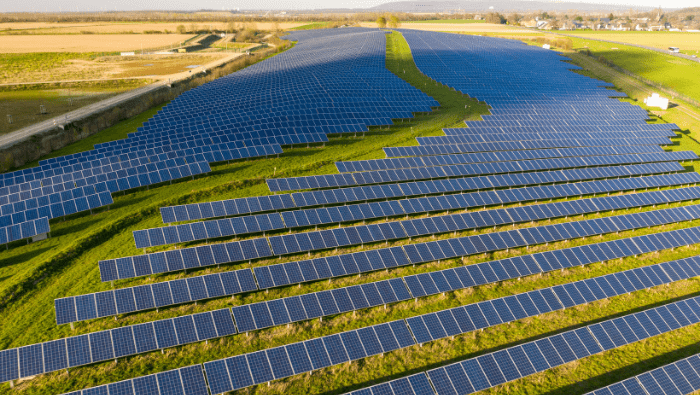
Solar-generated energy has seen a tremendous uptick in the past few years due partly to the fact that prices dropped significantly between 2014 and 2020. While supply issues drove costs back up in 2021, capacity is still being added at a record pace. The EIA says that utility-scale solar generation increased by 26% in 2020 while generation from grid-connected rooftop solar panels jumped 19%. 2021 saw a 19% increase in overall solar capacity.
While solar has its challenges (the sun does not shine 24 hours a day), more utility-scale solar generation plants that produce more than 1 megawatt of power are coming online each year. Add in the support from the growing number of grid-connected small-scale rooftop arrays found in homes and businesses, and it’s easy to see why solar will continue to be a vital part of the renewable energy mix that will transform the grid.
Wind Energy
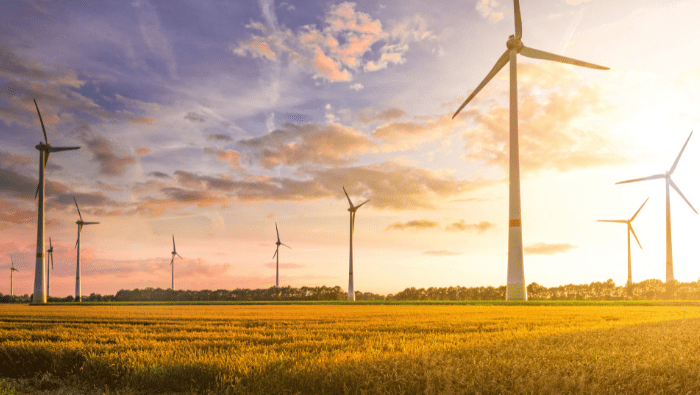
Unlike other countries, wind energy had just 8.4% penetration in the U.S. energy market at the start of 2021. Despite a relatively slow start, proponents believe wind energy will play a significant role in our future grid, assuming obstacles over siting and wildlife impact can be overcome. Wind turbines are located onshore, in the great plains, or offshore. The Department of Energy (DOE) estimates that wind turbines along U.S. coasts and in the Great Lakes could generate more than double the energy Americans currently consume.
Hydroelectric Power

Overshadowed by the growing solar and wind generation markets, hydroelectric power often gets left out of the renewable energy conversation. This country has a long history of producing energy by harnessing the power of flowing water. Still, its use has declined over time as more efficient, cheaper renewable energy sources have moved to center stage. Very few new hydroelectric plants have been built in the U.S. since the mid-1970s. The EIA reports that in 2021, hydroelectricity accounted for 31.5% of utility-scale renewable electricity generation.
Biomass

In what could be the ultimate recycling play, some utilities are using biomass as a renewable energy source. Hardly a new concept, burning organic material from plants and animals was the U.S.’s primary energy source until the mid-1800s. Today, technological advances have modernized biomass as an energy source. However, it’s still primarily sourced from wood and wood waste such as sawdust and wood chips, crops and agriculture waste, and animal and human waste. Paper, cotton, and wool products can also be turned into renewable energy. Biomass is either burned or converted into liquid or gaseous fuels. In 2020, the energy industry accounted for 9% of all biomass energy use in the country.
Solar, wind, hydroelectric, and biomass are all renewable energy sources that will play a more significant part in the energy market in years to come. Are you interested in learning more about renewable energy? Read “What’s Next for America’s Renewable Energy Capacity” on the PCI blog, or check out our renewable energy solutions.

